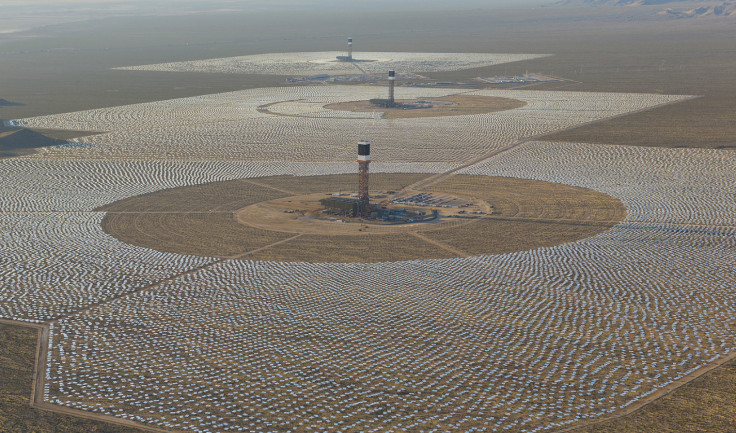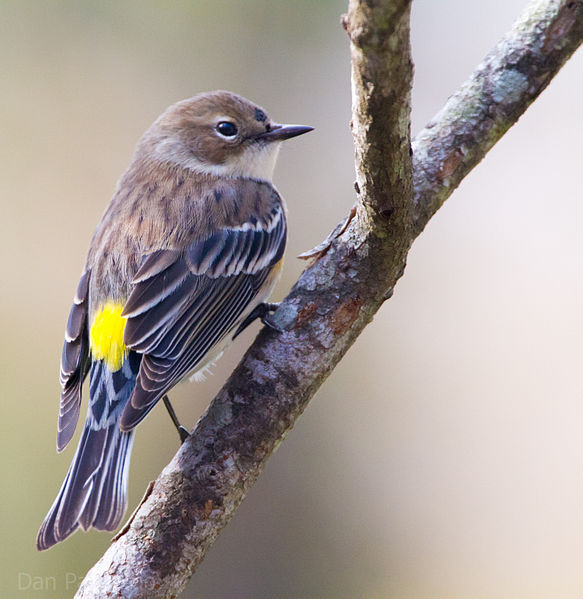Google-Backed Clean Energy Solar Plant is Accidentally Setting Birds on Fire in Mid-Air

The $2.2bn (£1.32bn) BrightSource solar power plant at Ivanpah Dry Lake in the Mojave Desert, near the California-Nevada border, has unwittingly become a death trap for 47 different bird species as they fly overhead, due to a serious design flaw that causes one bird to die every two minutes.
The state-of-the-art clean energy solar plant is co-owned by Google and features over 300,000 mirrors, each one the size of a car garage door, covering an area of 3,500 acres (14.2 sq km).
The mirrors reflect and concentrate beams of solar energy that heat up the water in three 459ft-high boiler towers up to 800 degrees Fahrenheit (427 degrees Celsius), producing steam that turns turbines to generate enough electricity for 140,000 homes.
Although this clean energy technology can eliminate 400 metric tons of carbon dioxide annually (equivalent to 72,000 road vehicles), these beams of solar energy are causing the birds to burst into flames in mid-air, according to an Associated Press report.

How many birds are being killed?
BrightSource has set aside $1.8m in compensation for 1,000 anticipated bird deaths a year but environmental activists, the Center for Biological Diversity, estimates the actual number of birds dying in a year is actually 28,000.
The environmentalists fear the problem could escalate if another even bigger proposed solar plant is built in an area between the Joshua Tree National Park and the California-Arizona border.
There are over 100 different bird species in this location, including protected species such as peregrine falcons and golden eagles, and the effects of this plant could be four times more deadly than the Invanpah plant.
But the US Fish and Wildlife Service has written a report analysing the situation. It said: "Our examinations did not find evidence for significant tissue burns or eye damage caused by exposure to solar flux."
BrightSource needs to do more
Instead, the government agency says the birds are being killed by severe singeing of their features, which reduces their ability to evade predators and forage for food.
Nevertheless, out of the 233 birds' remains that were examined, the cause of death for 85 could not be determined as the remains were in such a poor condition.
The solar plant is also a hazard for insects in the area, which are drawn to the intensely focused light rays, in turn attracting insect-eating birds to their deaths.
The USFWS recommends that BrightSource set up video cameras to provide 360-degree surveillance around the three boiling towers at Ivanpah to record when birds and bats enter the area.
The government agency also wants the company to conduct daily surveys for birds, insects and bats, and then clear the area of all vegetation.
Furthermore, BrightSource should modify the design of its mirrors so they are UV reflective or in solid contrasting bands and turn the boiler towers off during peak migration times for certain species of bird.
© Copyright IBTimes 2025. All rights reserved.






















